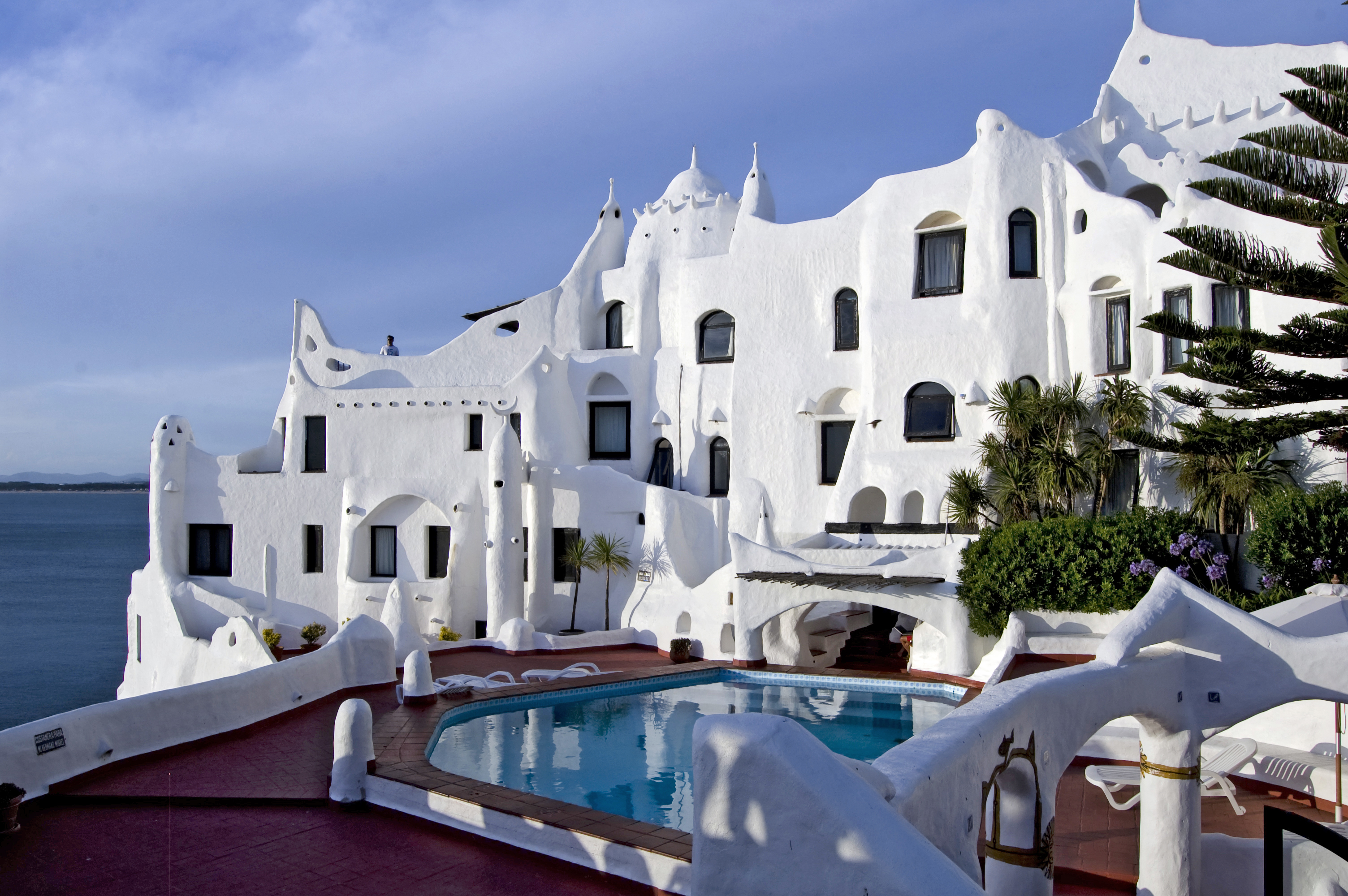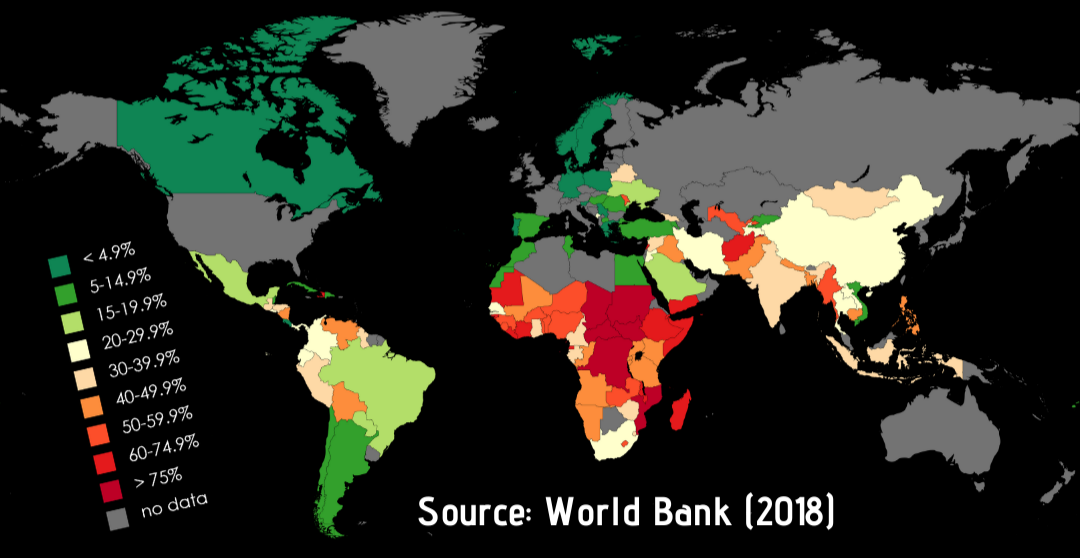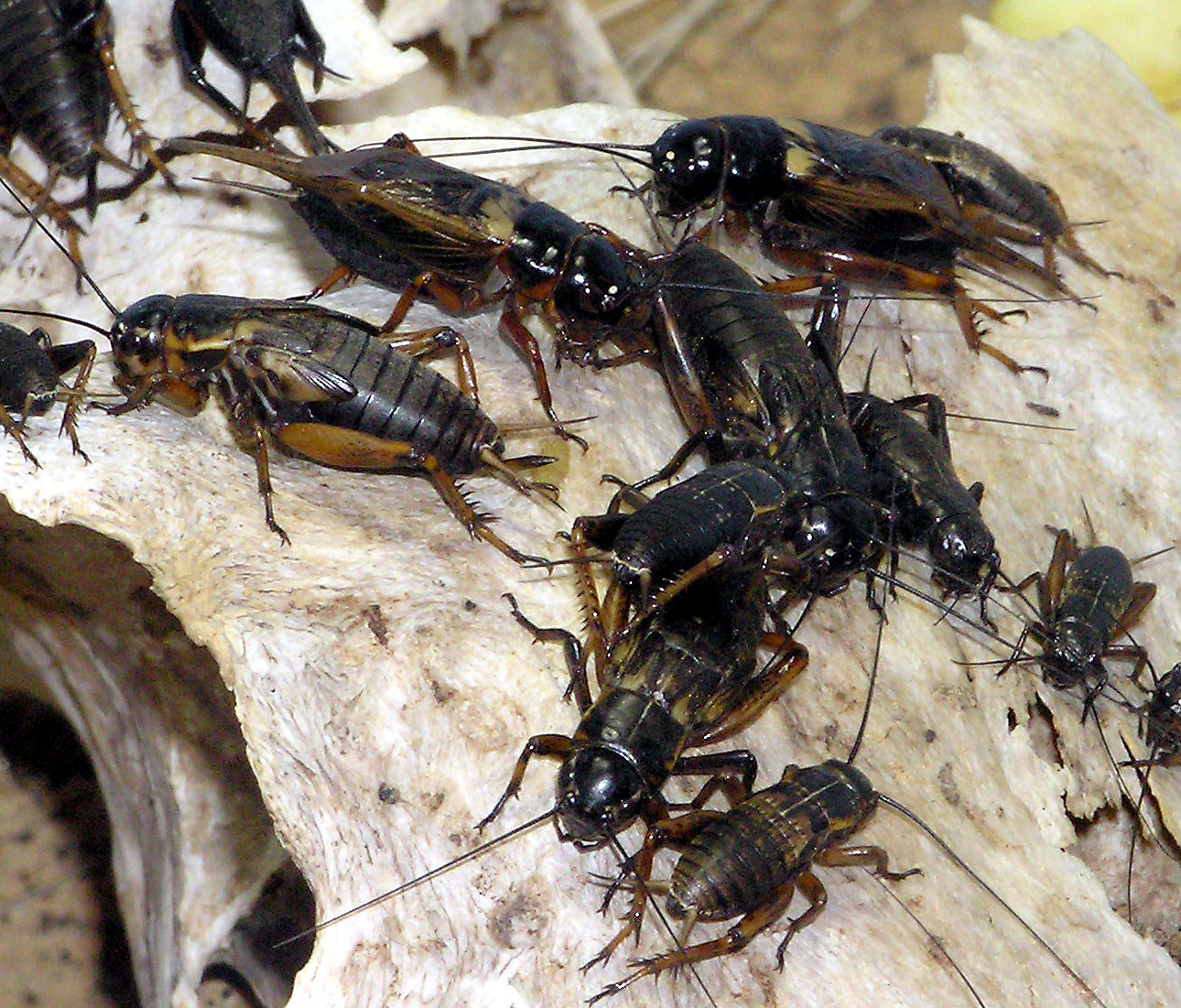|
Cantegril
''Cantegril'' is the name given in Uruguay to a shanty town, such as those surrounding its cities including the capital Montevideo. It is equivalent to Brazil's ''favela'' and Peru's '' pueblos jóvenes''. Many of the settlements in Uruguay are land subject to industrial contamination, such as in La Teja and around waterways like the Cańada Alaska in Montevideo. According to 2007 census data, about 6% of the total Uruguayan population (174,393 people) lived in ''cantegriles''. A documentary about the phenomenon was produced in 1958, called ''Cantegriles''. Whilst ''cantegril'' first referred to all squatter settlements, now it only denotes shanty towns; other informal settlements are known as asentamientos irregulares. The term is an ironic reference to Cantegril, one of the most expensive neighbourhoods of the seaside resort Punta del Este. The word ''cantegril'' originates from ''cante gril'' in Provençal dialect, meaning ''cricket sings''. Its modern use might deriv ... [...More Info...] [...Related Items...] OR: [Wikipedia] [Google] [Baidu] |
Asentamiento
An asentamiento irregular, known colloquially as an asentamiento () is a shanty town in Latin America, particularly around Guatemala City and Montevideo. Most have been established in the last 20 years as a result of economic inequalities between rural and metropolitan areas in Guatemala and Uruguay. Guatemala City In 15 of the 23 districts of Guatemala City, there are precarious settlements. In 1984, there were 103 and by 1991 there were 232. In 2016 there were 297. In 1984, 800 families made a land invasion and successfully squatted an area called El Mezquital. The settlement eventually swelled to over 25,000 people. It was the first successful occupation since 1976. These places have been considered "red zones" inside Guatemala City, because of their high crime rate and some of them are El Caracol, Cañaverales, El Rinconcito. A famous ''asentamiento'' in Guatemala is La Limonada. With a population of around 60,000 it is one of the largest slums in Latin America outside Brazi ... [...More Info...] [...Related Items...] OR: [Wikipedia] [Google] [Baidu] |
Squatting In Uruguay
Squatting in Uruguay is the occupation of unused or derelict buildings or land without the permission of the owner. In the nineteenth century, pueblos de ratas (rat villages) developed when gauchos were forced to settle by the rural enclosures for cattle farming. In the early twentieth century, European migrant workers lived in conventillos (tenement slums). History The first cantegril land invasions came in Montevideo, the capital of Uruguay, in the 1940s. The name was a joke, referring to the Cantegril Country Club, which was built in 1947 at the most exclusive Uruguayan beach resort, Punta del Este. A documentary about the phenomenon was produced in 1958, called ''Cantegriles''. Whilst cantegril first referred to all squatter settlements, now it only denotes shanty towns and other informal settlements are known as asentamiento irregulares. As the settlements legalize, they receive help from groups such as FUCVAM (Uruguayan Federation of Mutual Aid Housing Cooperatives) and th ... [...More Info...] [...Related Items...] OR: [Wikipedia] [Google] [Baidu] |
Uruguay
Uruguay (; ), officially the Oriental Republic of Uruguay ( es, República Oriental del Uruguay), is a country in South America. It shares borders with Argentina to its west and southwest and Brazil to its north and northeast; while bordering the Río de la Plata to the south and the Atlantic Ocean to the southeast. It is part of the Southern Cone region of South America. Uruguay covers an area of approximately and has a population of an estimated 3.4 million, of whom around 2 million live in the metropolitan area of its capital and largest city, Montevideo. The area that became Uruguay was first inhabited by groups of hunter–gatherers 13,000 years ago. The predominant tribe at the moment of the arrival of Europeans was the Charrúa people, when the Portuguese first established Colónia do Sacramento in 1680; Uruguay was colonized by Europeans late relative to neighboring countries. The Spanish founded Montevideo as a military stronghold in the early 18th century ... [...More Info...] [...Related Items...] OR: [Wikipedia] [Google] [Baidu] |
Populated Places In Uruguay
Population typically refers to the number of people in a single area, whether it be a city or town, region, country, continent, or the world. Governments typically quantify the size of the resident population within their jurisdiction using a census, a process of collecting, analysing, compiling, and publishing data regarding a population. Perspectives of various disciplines Social sciences In sociology and population geography, population refers to a group of human beings with some predefined criterion in common, such as location, race, ethnicity, nationality, or religion. Demography is a social science which entails the statistical study of populations. Ecology In ecology, a population is a group of organisms of the same species who inhabit the same particular geographical area and are capable of interbreeding. The area of a sexual population is the area where inter-breeding is possible between any pair within the area and more probable than cross-breeding with in ... [...More Info...] [...Related Items...] OR: [Wikipedia] [Google] [Baidu] |
Poverty In Uruguay
Poverty is the state of having few material possessions or little . Poverty can have diverse , , and causes and effects. When evaluating poverty in statistics or economics there are two main measures: '''' compares income against the amount needed to meet [...More Info...] [...Related Items...] OR: [Wikipedia] [Google] [Baidu] |
Society Of Uruguay
The culture of Uruguay is diverse in its nature since the nation's population is one of multicultural origins. Uruguay has a legacy of artistic and literary traditions, especially for its small size. The culture of Uruguay is known to be heavily European influenced, mostly by the contribution of its alternating conquerors, Spain and Portugal. However, from the year 1858 to 1940, large waves of European immigrants began arriving to Uruguay, with the majority of the immigrants coming from Italy. Minor European immigrant groups – Frenchmen, Germans, Swiss, Russians, Jews, and Armenians, among others – also migrated to Uruguay. The settlement of the European immigrants has resulted in traditions that integrate this diversity with the indigenous people or Charrúa elements. Uruguay has century-old remains and fortresses of the colonial era. Its cities have a rich architectural heritage, and a number of writers, artists, and musicians. Carnaval and candombe are the most ... [...More Info...] [...Related Items...] OR: [Wikipedia] [Google] [Baidu] |
Slums In South America
A slum is a highly populated urban residential area consisting of densely packed housing units of weak build quality and often associated with poverty. The infrastructure in slums is often deteriorated or incomplete, and they are primarily inhabited by impoverished people.What are slums and why do they exist? UN-Habitat, Kenya (April 2007) Although slums are usually located in s, in some countries they can be located in s where housing quality is low and living conditions are poor. While slums differ in size ... [...More Info...] [...Related Items...] OR: [Wikipedia] [Google] [Baidu] |
Shanty Towns In South America
Shanty may refer to: Buildings and developments * Ice shanty, a portable shed placed on a frozen lake * Shack or shanty, improvised housing, a type of primitive dwelling * Shanty town, a settlement of shacks or shanties Geography * Shanty Bay, in the Oro-Medonte township in south-central Ontario, Canada * Shanty Hollow Lake, a reservoir located in Warren County and Edmonson County, Kentucky Music * Sea shanty, a type of shipboard work-song * "Shanty" (Jonathan Edwards song), 1971 Other uses * Shanty Hogan (1906–1967), Major League Baseball catcher * Shanty Irish, 19th and 20th century term to categorize poor Irish people, particularly Irish Americans * Sly-grog shop or shanty, an Australian term for an unlicensed hotel or liquor-store * Shanty, a character in the video game ''Them's Fightin' Herds''. See also * Shandy Shandy is beer or cider mixed with a lemon or a lemon-lime flavored beverage. The citrus beverage, often called lemonade, may or may not be carbonate ... [...More Info...] [...Related Items...] OR: [Wikipedia] [Google] [Baidu] |
Neighbourhoods In Uruguay
A neighbourhood (British English, Irish English, Australian English and Canadian English) or neighborhood (American English; see spelling differences) is a geographically localised community within a larger city, town, suburb or rural area, sometimes consisting of a single street and the buildings lining it. Neighbourhoods are often social communities with considerable face-to-face interaction among members. Researchers have not agreed on an exact definition, but the following may serve as a starting point: "Neighbourhood is generally defined spatially as a specific geographic area and functionally as a set of social networks. Neighbourhoods, then, are the spatial units in which face-to-face social interactions occur—the personal settings and situations where residents seek to realise common values, socialise youth, and maintain effective social control." Preindustrial cities In the words of the urban scholar Lewis Mumford, "Neighbourhoods, in some annoying, inchoate fashi ... [...More Info...] [...Related Items...] OR: [Wikipedia] [Google] [Baidu] |
Padre Cacho
{{disambiguation, geo ...
__NOTOC__ Padre means father in many Romance languages, and it may also refer to: Music * "Padre" (song) People * A military chaplain * A Latin Catholic priest * A member of the San Diego Padres baseball team Places * Padre Island, a barrier island in the U.S. State of Texas * North Padre Island, northern part of the Padre Island * South Padre Island, southern part of the Padre Island * Padre Island National Seashore Software * Padre (software), an integrated development environment for the Perl programming language Others * PADRE, Partnership for Acid Drainage Remediation in Europe * '' The Padre'', a 2018 film See also *Padres (other) The San Diego Padres are a Major League Baseball team based in San Diego, California. Padres may also refer to * Padres workers at the Spanish missions in California *PADRES, a Chicano priests' organization *Tucson Padres, a minor league baseball t ... [...More Info...] [...Related Items...] OR: [Wikipedia] [Google] [Baidu] |
Cricket (insect)
Crickets are orthopteran insects which are related to bush crickets, and, more distantly, to grasshoppers. In older literature, such as Imms,Imms AD, rev. Richards OW & Davies RG (1970) ''A General Textbook of Entomology'' 9th Ed. Methuen 886 pp. "crickets" were placed at the family level (''i.e.'' Gryllidae), but contemporary authorities including Otte now place them in the superfamily Grylloidea. The word has been used in combination to describe more distantly related taxa in the suborder Ensifera, such as king crickets and mole crickets. Crickets have mainly cylindrically-shaped bodies, round heads, and long antennae. Behind the head is a smooth, robust pronotum. The abdomen ends in a pair of long cerci; females have a long, cylindrical ovipositor. Diagnostic features include legs with 3-segmented tarsi; as with many Orthoptera, the hind legs have enlarged femora, providing power for jumping. The front wings are adapted as tough, leathery elytra, and some cricke ... [...More Info...] [...Related Items...] OR: [Wikipedia] [Google] [Baidu] |
Raymond Escholier
Raymond Escholier, real name Raymond-Antoine-Marie-Emmanuel Escolier, (25 December 1882 – 19 September 1971) was a French journalist, novelist and art critic. He was curator of the Maison de Victor Hugo and of the Petit Palais. [Baidu] |





